Cotswolds country charm at Victoria Summerley’s Awkward Hill Cottage
It wouldn’t be an overstatement to say that my family and I traveled to England last month to see gardens. Particularly, romantic English gardens in the rosy flush of June. And specifically, three gardens I’ve longed to see for years: the famous estate gardens Sissinghurst and Great Dixter, and my friend and fellow blogger Victoria Summerley’s garden in the Cotswolds village of Bibury, about 2 hours west of London.
I’ve followed Victoria, a garden author and retired journalist, since she lived in London and blogged about her urban, tropical-style garden at Victoria’s Backyard. In 2012 she relocated to Bibury and started blogging at Tales from Awkward Hill, named for the small hill on which she lives, just up the lane from the famous old weavers’ cottages of Arlington Row. Her own charming stone cottage was built in the early to mid-1800s, and she’s been making a new garden there for the past 6 years. (Read her touching “teach them how to say goodbye” article in the Independent about leaving her old garden.)
Victoria and Rufus, her Tibetan terrier, welcomed us through the Awkward Hill Cottage gate. I’d just seen Victoria at Garden Bloggers Fling and my own garden in Austin a month earlier, and now I was thrilled to be able to visit her garden. And Rufus — well, I fell in love with him on sight. He gratefully accepted pats, adorably leaning against my legs and looking up as if to say, “I love you too. Or at least your pats.”
Victoria led us around to the back garden, where a pink rose clings to the old stone walls and an inviting, low-walled terrace is enveloped by flowering perennials. It’s as romantic and lovely as Forster’s Howards End.
On a terrace table, a brightly colored bouquet stands out against an emerald rectangle of green lawn. At the far end, overlooking a meadow beyond the fence, a focal-point metal arbor draws the eye.
I like the way Victoria uses the arbor, matching potted evergreens, and a bird bath to pull the eye out into the meadow while framing the view.
Victoria terraced the sloping yard to create level areas of lawn and perennial beds. The formality of the geometric lawn is balanced by wonderfully shaggy borders, like this one of ‘Alison Blackman’ phormium, red valerian (Centranthus ruber var. coccineus), and a graceful ornamental grass. The level just above this one, to the right…
…is shaded by a neighbor’s stone wall and a couple of trees. Shallow stone steps lead up to a strip of lawn, where Rufus is cooling his belly. Victoria lets plants seed into the steps for casual country charm, while a pair of potted yews frames the view and accents the steps.
Beneath a tree, a bench and hanging birdcage create an inviting vignette. Rufus shows off his Texas flag bandana! Victoria says she collects bandanas when she travels and has Rufus wear his visitors’ colors. He looked so good in his Texas necktie that I began contemplating ways to sneak him into my suitcase for the trip home.
Turning around, let’s step down two terraces toward another lawn and a white-trunked tree.
A stone birdbath anchors this small lawn, with lovely borders and a small patio with steamer chairs just below the main terrace.
Victoria uses repetition in the lower border, which she’s dubbed “not-a-hedge,” creating a scrim of fastigiate yew, white broom, and phlomis, with assorted grasses and irises.
The golden yews stand like short fence posts, rhythmically marking off the length of the border.
The long view toward the terrace and the house.
Looking the other way, toward the meadow, dark-leaved Sambucus ‘Black Tower’ stands out amid the greens.
Here you can see how the lawns on different terraces relate to one another. They provide a green expanse to rest the eye, allow the perennial borders to act as a frame, and give Rufus a place to play.
Phormium, red valerian, and ornamental grass
Geranium sanguineum var. striatum, a variation of bloody cranesbill
Terrace with steamer chairs…
…and potted palm.
I noticed a white goose ornament coordinating with white flowers.
From the side you see the wall that the steamer chair backs up to, with a lovely stone sphere set on top.
View of the bird-bath lawn from the upper terrace
You can access the rest of the garden by continuing down the terraces, but Victoria led us around the house and back to the gate to start our tour there. I got sidetracked along the way by pink roses, valerian, and other plants.
Looking back along the terrace
Atop the low walls, Victoria sets bowls of succulents. These were in bloom.
And these sempervivums are playing host to a volunteer daisy of some sort.
Container garden along the house
Just off the drive, near the gate, a rustic arbor smothered in honeysuckle beckons you to enter the garden.
But first let’s admire the Sambucus ‘Black Tower’ leaning over the stone wall, complemented by pale-pink perennial geranium.
Sambucus flower
From the lowest level, you have access to a flight of stone stairs up to the terrace. Victoria had these handsome walls and steps constructed as the first stage in making her new garden.
Backing up, a wider view reveals how the walls relate to the house and the perennial beds at their base. For reference, note the potted yellow-green Japanese maple in this photo and the one above. In the shade of the trees behind us…
…a gray-blue Chippendale-style bench offers a place to sit and enjoy the view. Another of Victoria’s bouquets brightens the table, accented by a mushroom-shaped staddle stone. Victoria has a half-dozen or so of these throughout her garden. I’ve never seen them in the States, but according to Wikipedia, staddle stones were “originally used as supporting bases for granaries, hayricks, game larders, etc. The staddle stones lifted the granaries above the ground thereby protecting the stored grain from vermin and water seepage.”
This lower part of the garden is looser and curvier than the geometric planes in the terraces near the house, with more of a country casual feel.
Under one enormous old tree, a white metal bench sits deep in the shade against a stone wall. I believe Victoria said this was her next project, and she’s adding shade-loving plants here.
Nearby, in an open, sunny spot, she’s created a small fish pond fed by a stone-edged stream.
A grassy garden grows around it, partially hiding it from view until you get right up on it — a fun surprise.
Orange fish swim in the pond…
…echoing the color of geum flowering nearby.
The pumpkin orange looks terrific near yellow-green foliage and flowers.
You can see I love these.
After touring her garden, we walked with Victoria and Rufus around Bibury to see the sights. The stone cottages at Arlington Row, built in the 13th century (yes, the 1200s, folks), are just down the lane from her house. We joined camera-toting tourists here to snap pictures of this famous scene.
Clematis climbing one of the cottages
These cottages appear on British passports, which apparently spurred the wave of tourism that Bibury now experiences on a daily basis (along with other Cotswold villages).
Victoria has written about the tourist jams in her village, but still, it was surprising to witness. These people are taking pictures of Arlington Row from across the River Coln.
Valerian, aka Jupiter’s beard, self-seeded in the wall along the river
It must be strange to live here and see people (like us!) walking your narrow lanes and taking pictures of everything. But everyone we met, as Victoria walked us around, was friendly and understanding. When your town is this charming, perhaps you are simply happy to share it with the world.
Stone eagle finial atop a wall
Dry-stacked stone walls like these line the roads throughout the village.
St. Mary’s Church, “a Saxon Church with Norman and subsequent additions.” I wish we’d had time to go inside, but we had a reservation for afternoon tea at nearby Barnsley House.
Poppies flowering in the verge
One of many lovely stone cottages in Bibury
We are so grateful to Victoria for opening her home and garden to us, and for showing us around her adopted hometown. It was a treat to see Bibury from the perspective of one who lives there, and not just as a tourist, and the whole place could not have been more beautiful. Thank you, Victoria (and Rufus)!
Coming up next: Backtracking to Burford Garden Company for shopping and English breakfast. For a look back at our sightseeing in Oxford, click here.
I welcome your comments; please scroll to the end of this post to leave one. If you’re reading this in a subscription email, click here to visit Digging and find the comment box at the end of each post.
_______________________
Digging Deeper: News and Upcoming Events
Give a listen to Hothouse, “a new podcast about design, ecology, and the way we garden now,” hosted by Austin landscape designer Leah Churner. Tune in for her in-depth and insightful interviews with regional gardening experts like Central Texas Gardener‘s Linda Lehmusvirta, author Jenny Peterson, and designer Colleen Dieter. As with my own Garden Spark speaker series, Hothouse is cultivating gardening conversations for thinking gardeners (as I like to call us) in the Austin area.
Texas Hill Country friends and travelers, read The Texas Wildflower, a terrific new digital magazine featuring the people, businesses, culture, and scenery of our region. Published by San Antonio-based Pamela Price, whom I’ve followed online for years because of our shared interest in gardening (in fact, my book is included in her “Favorite Hill Country Garden Things”), the magazine will inspire you to get out and explore our unique and beautiful region. Subscribe to The Texas Wildflower today.
Join the mailing list for Garden Spark Talks! Inspired by the idea of house concerts, I’m hosting a series of garden talks by inspiring designers and authors out of my home. Talks are limited-attendance events and generally sell out within just a few days, so join the Garden Spark email list for early notifications. Simply click this link and ask to be added.
All material © 2006-2018 by Pam Penick for Digging. Unauthorized reproduction prohibited.


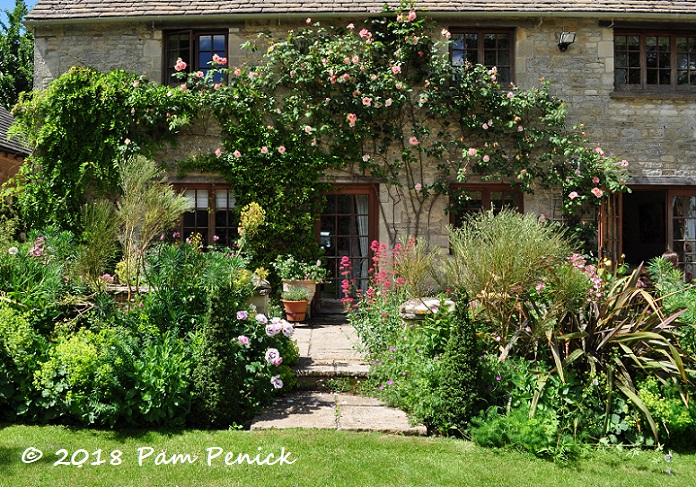
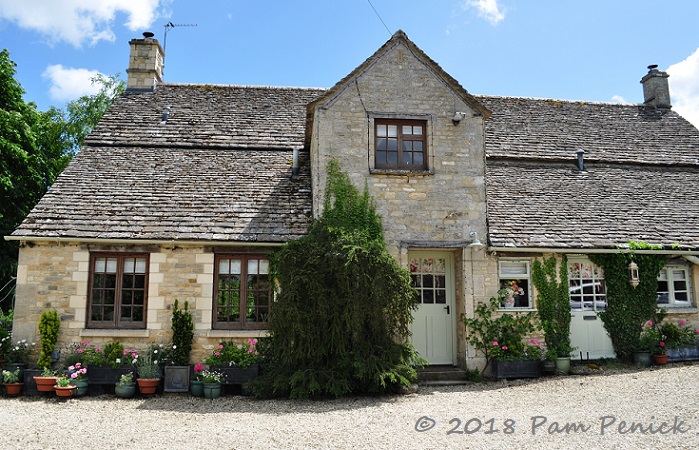
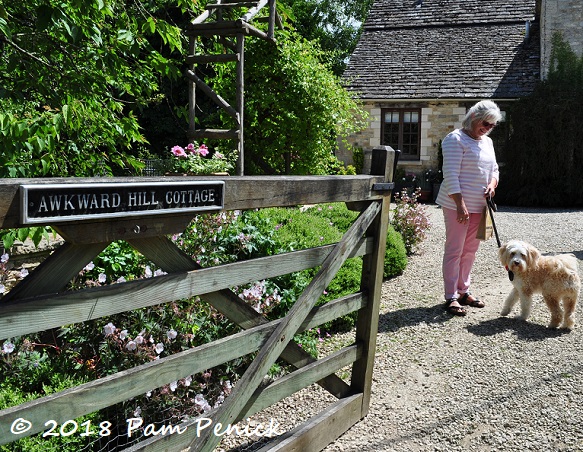
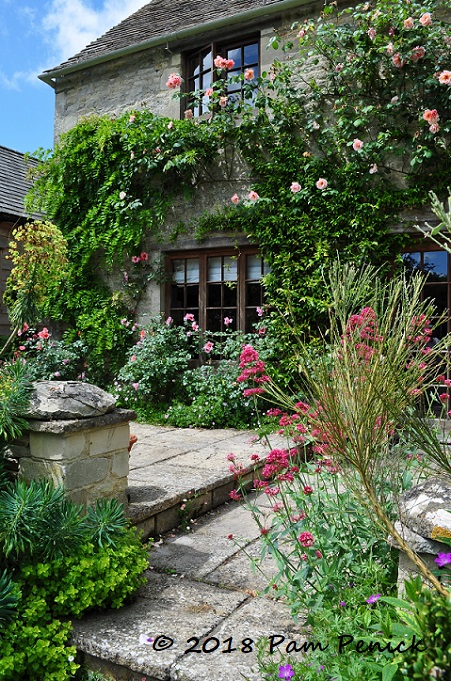
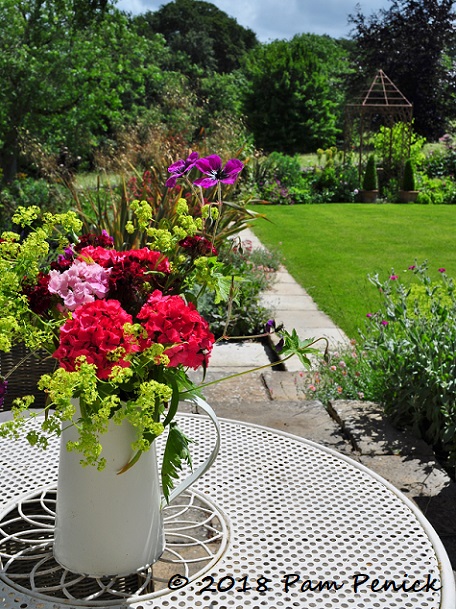
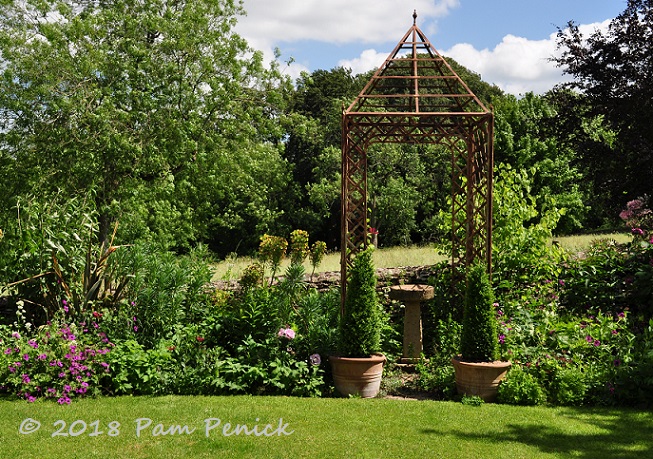
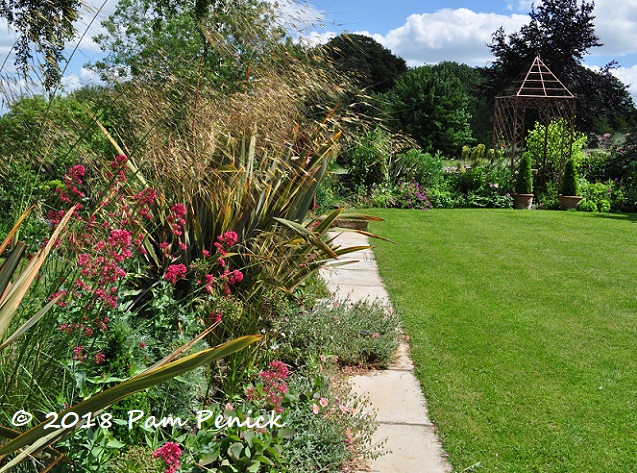
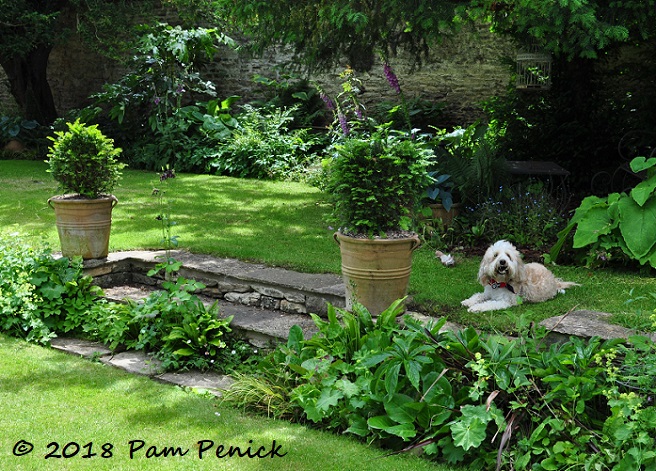
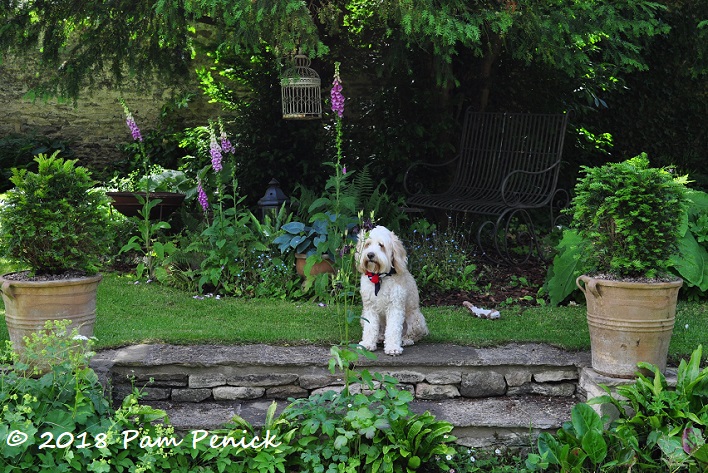
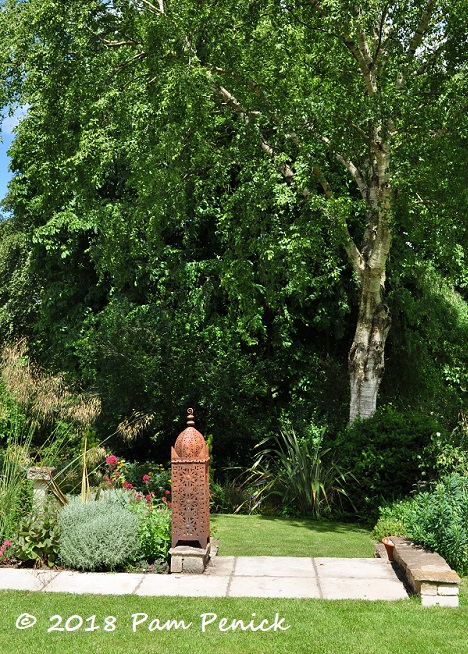
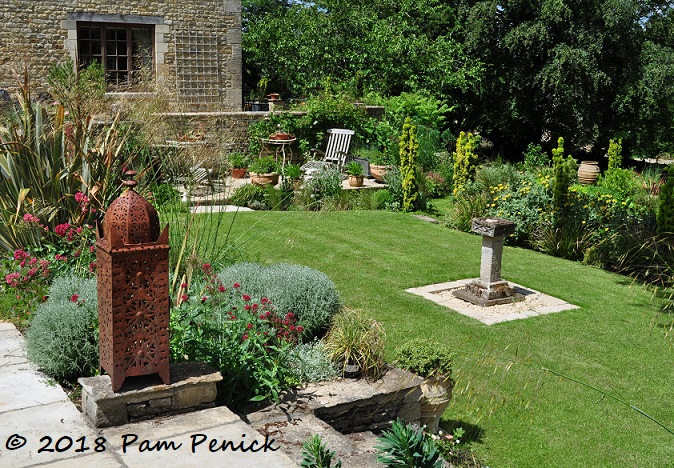
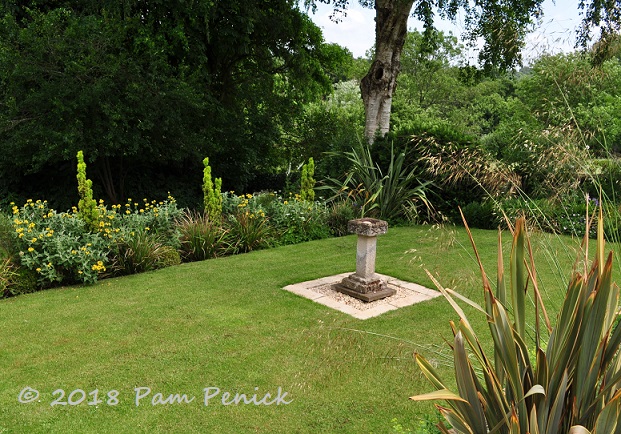
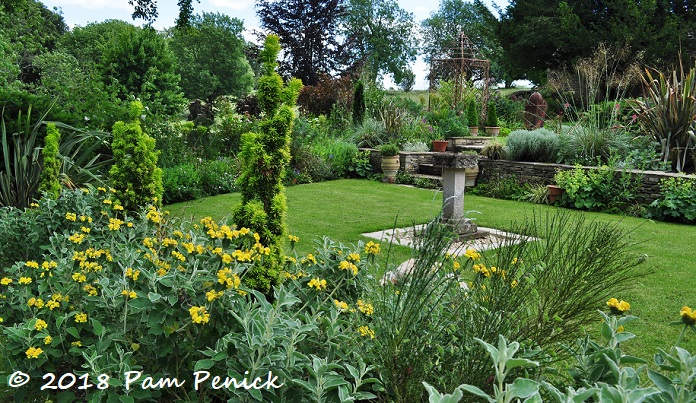
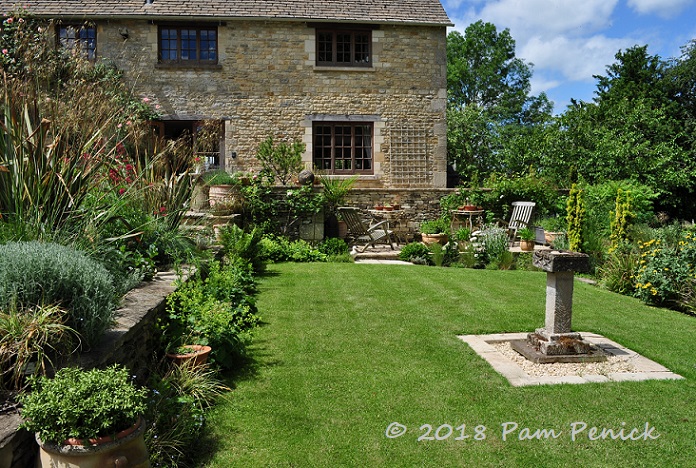
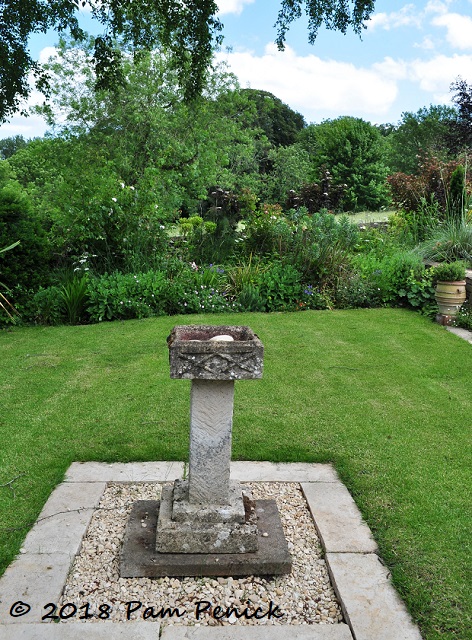
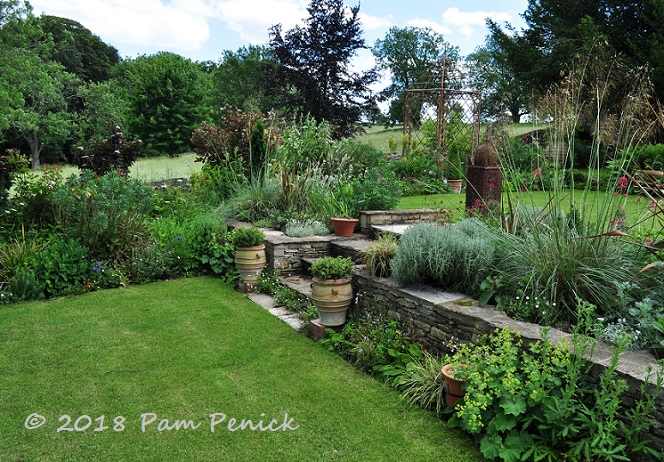
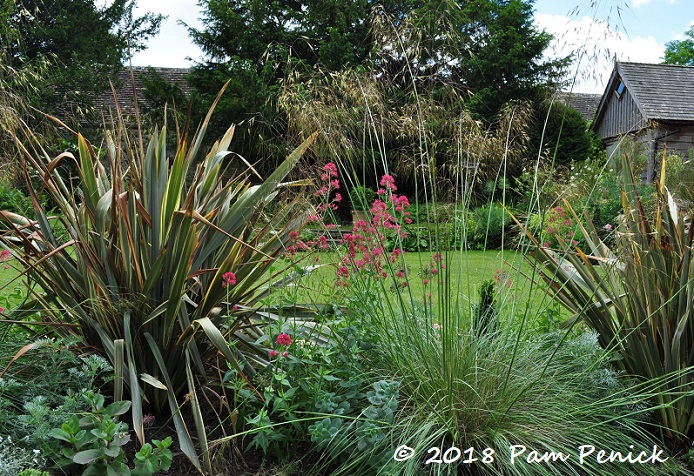
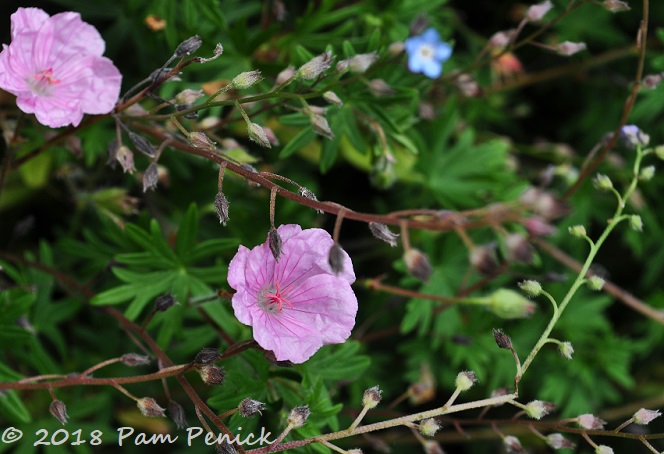
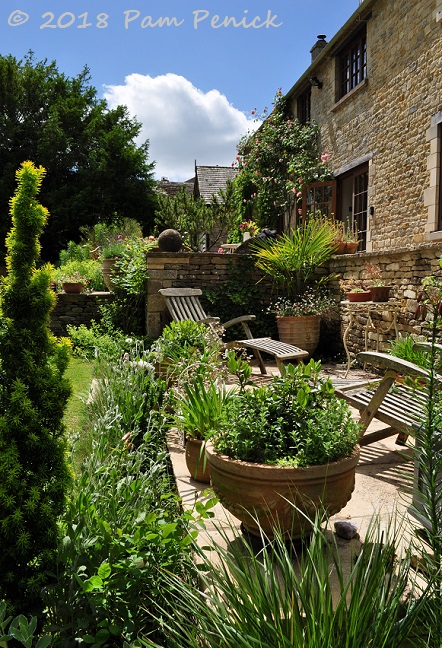
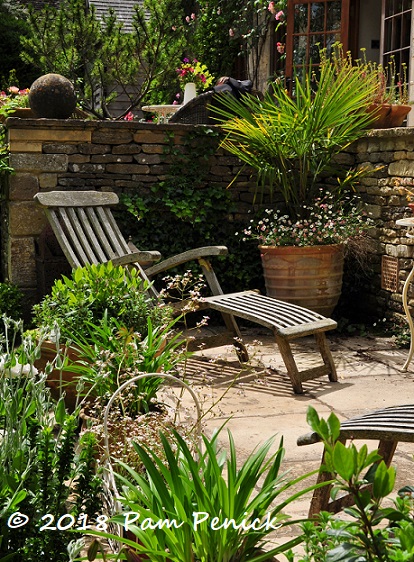
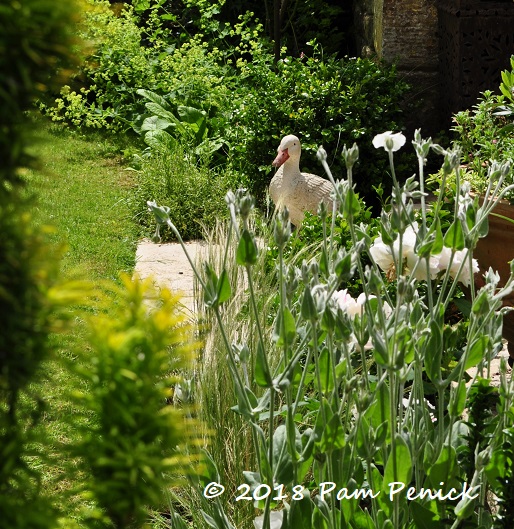
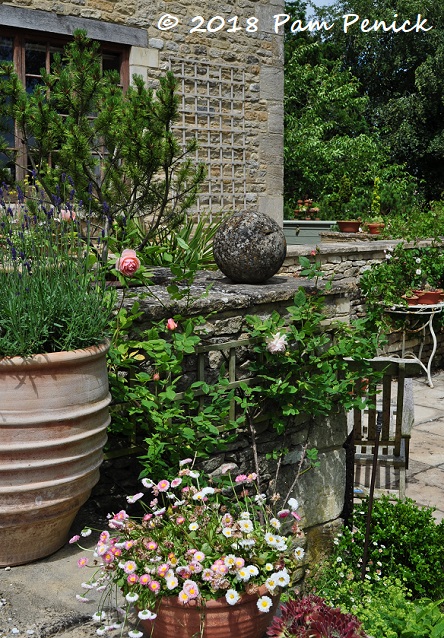
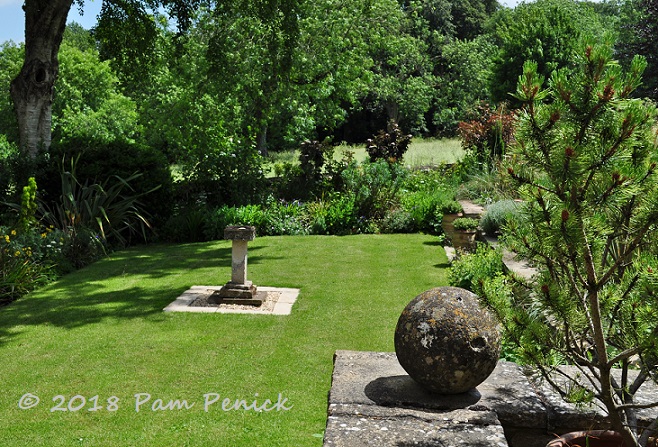
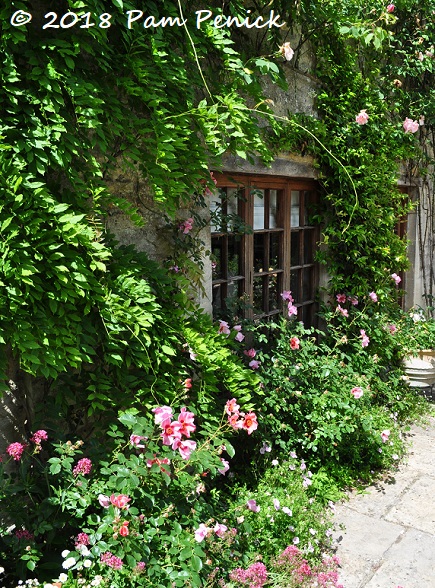
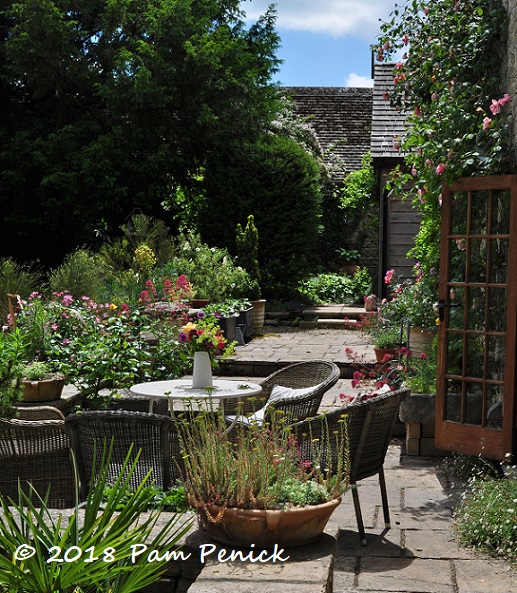
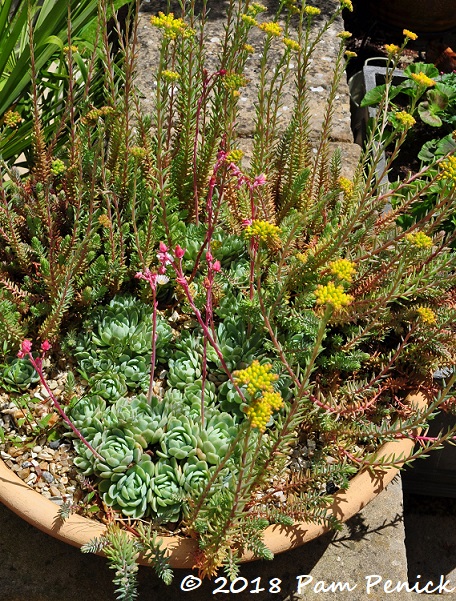
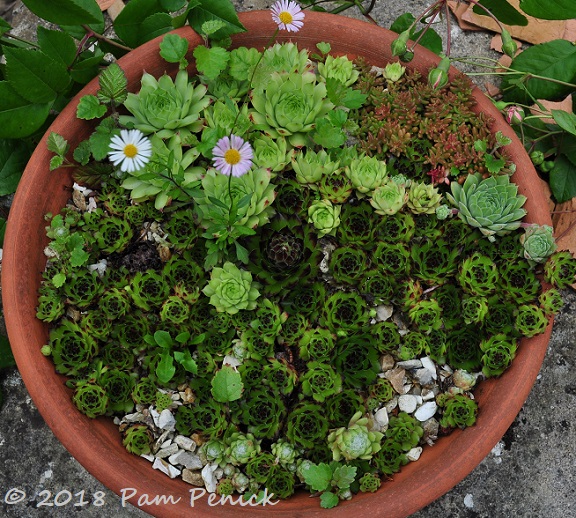
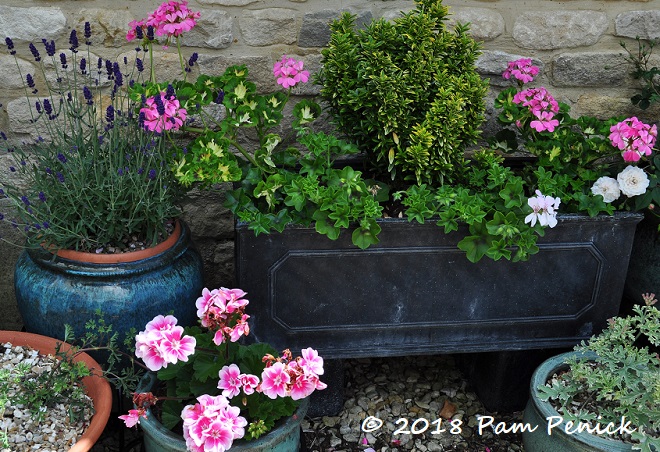
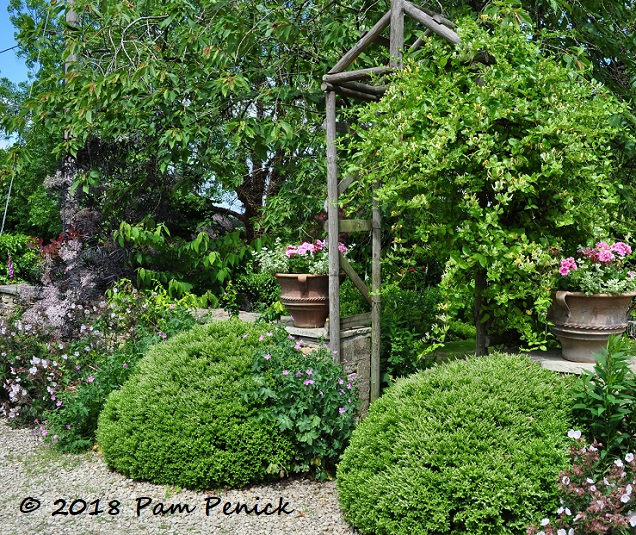
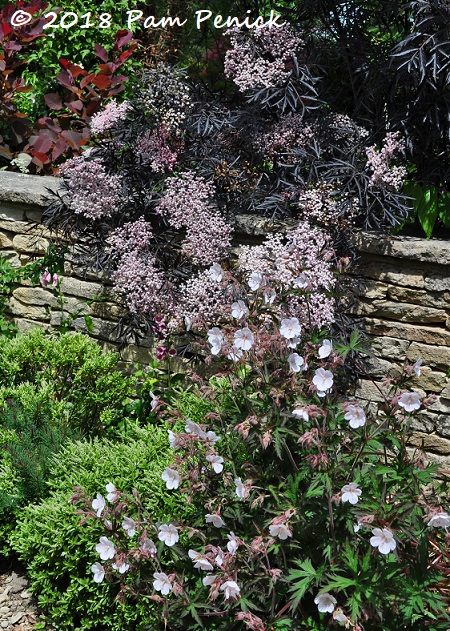
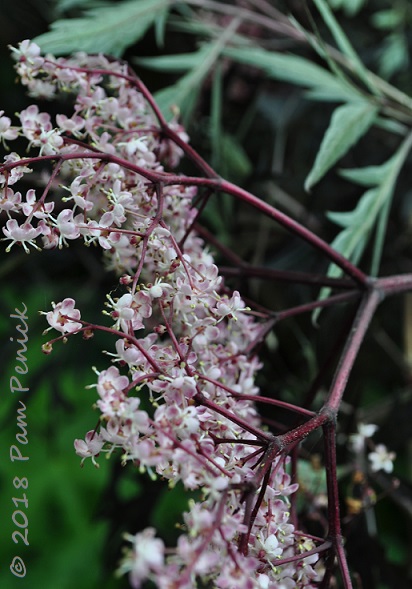
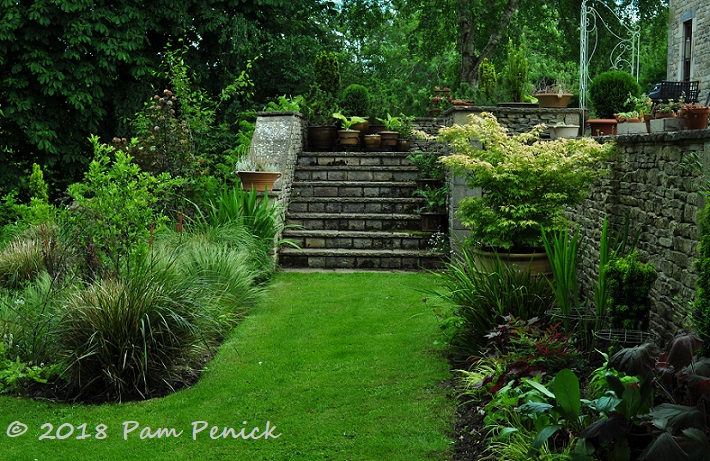
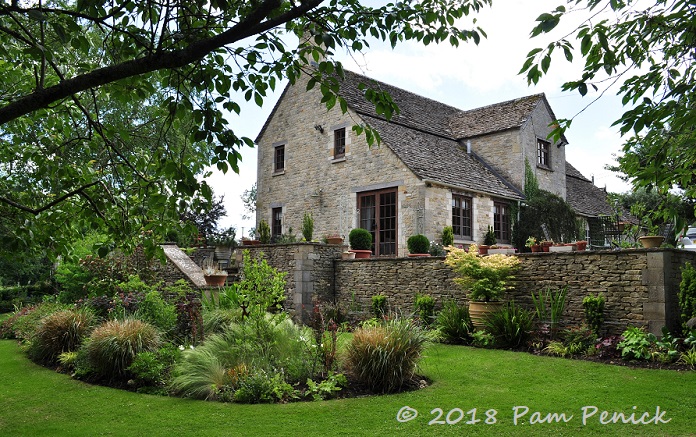
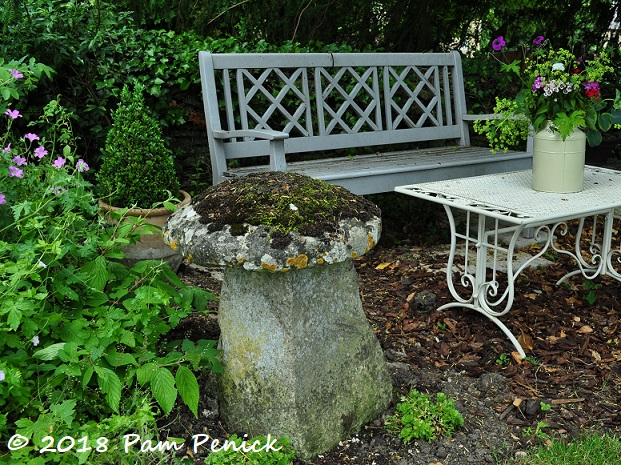
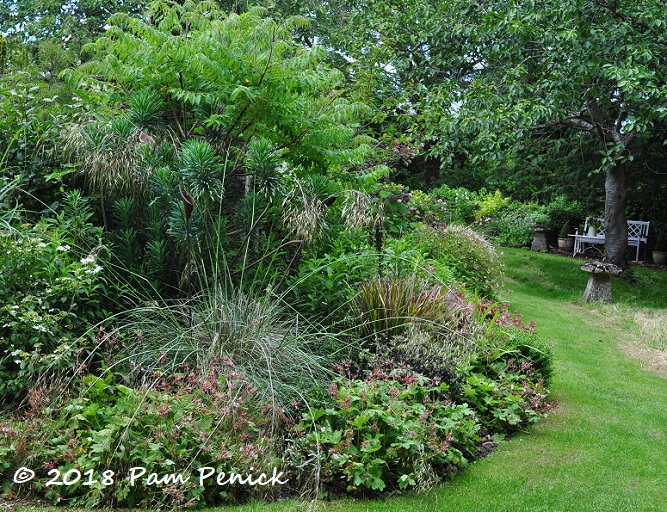
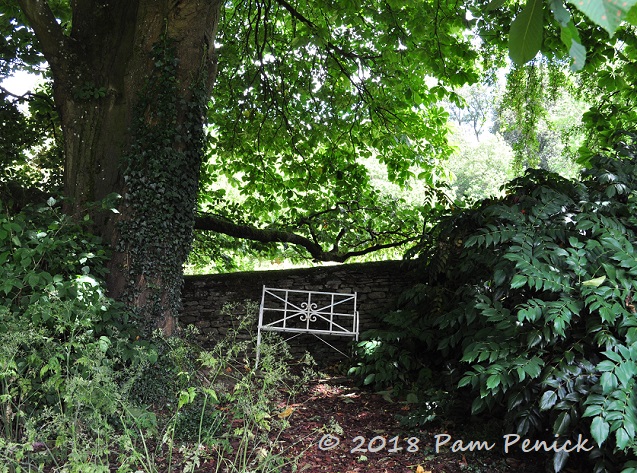
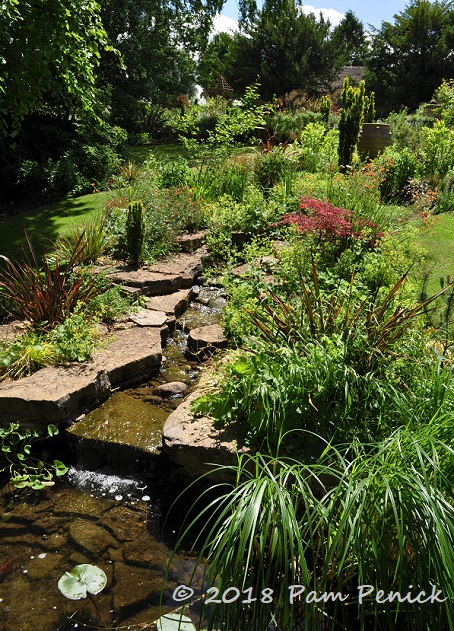
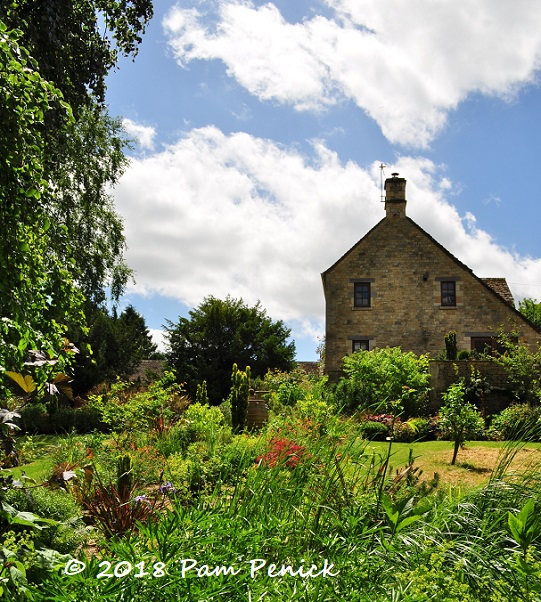
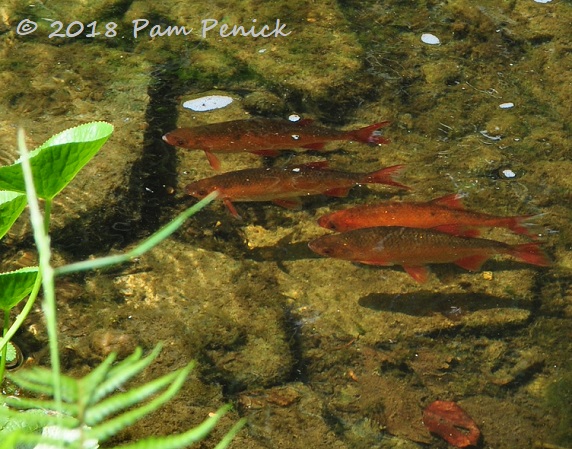
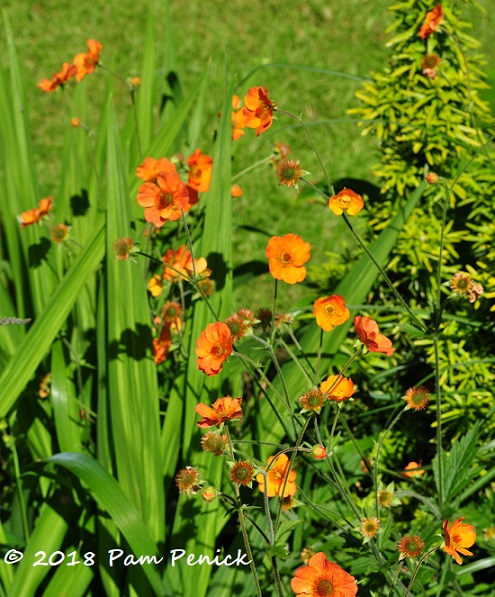
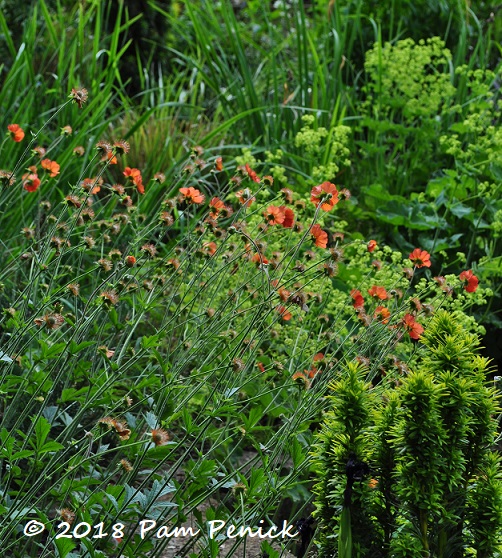
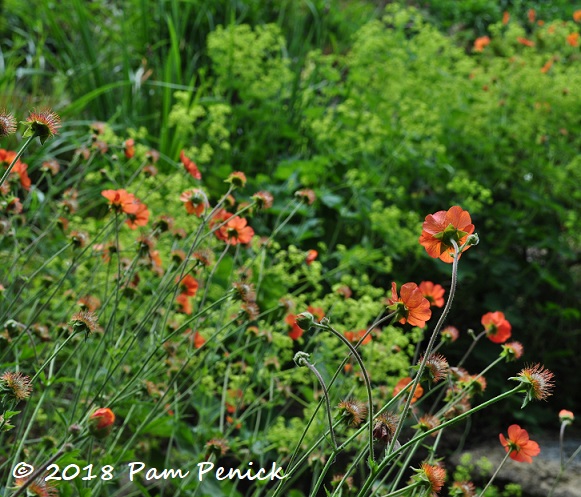
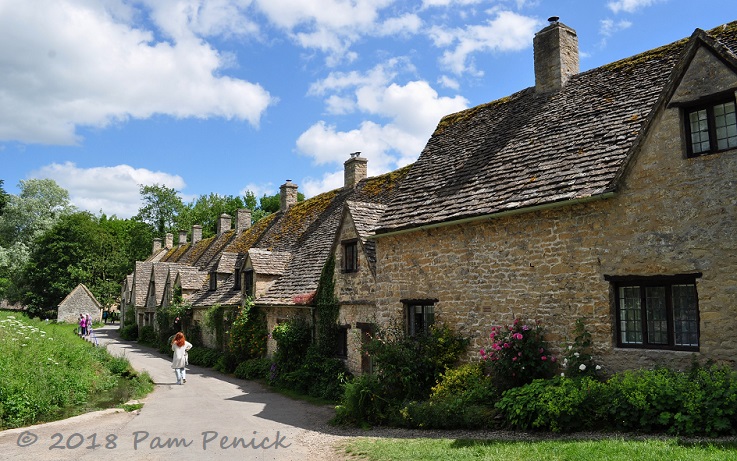
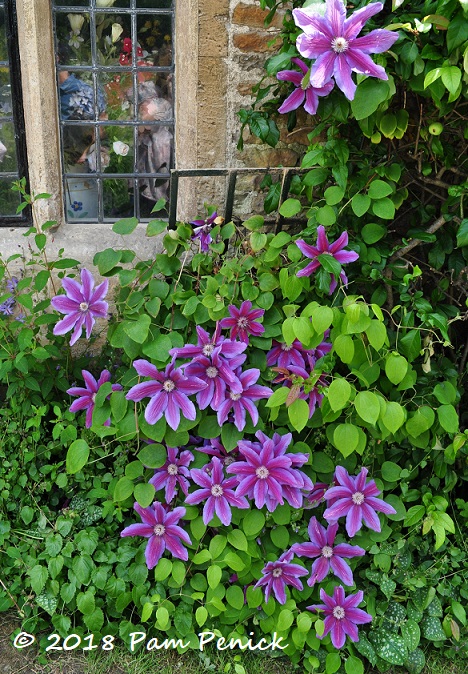
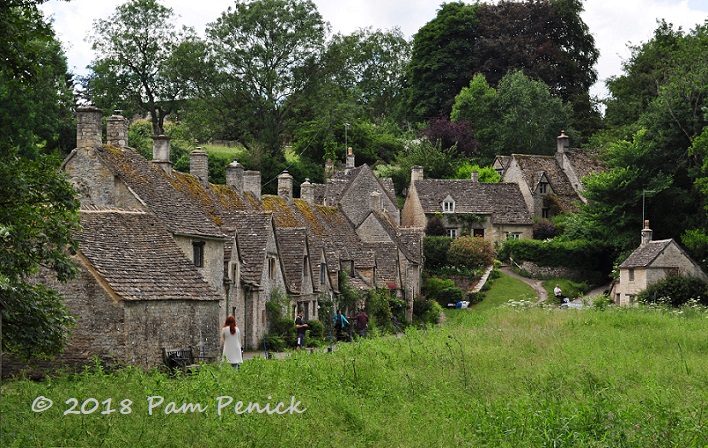

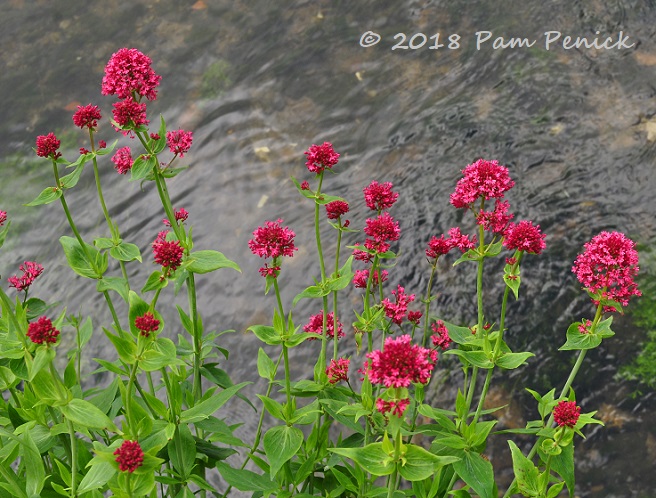
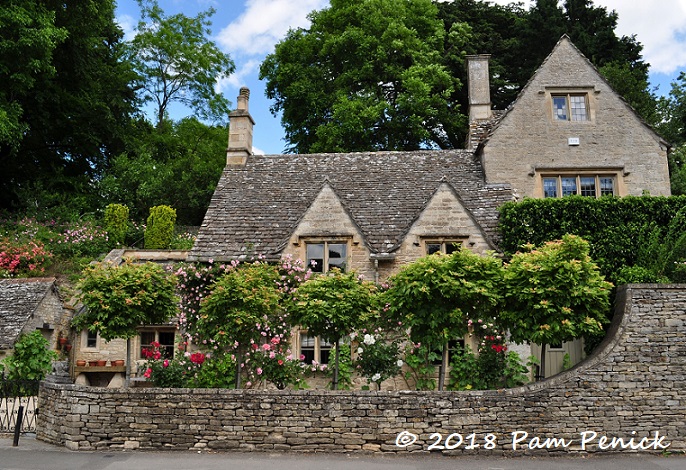
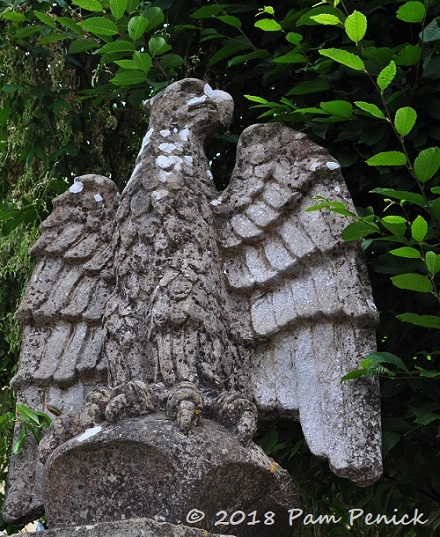
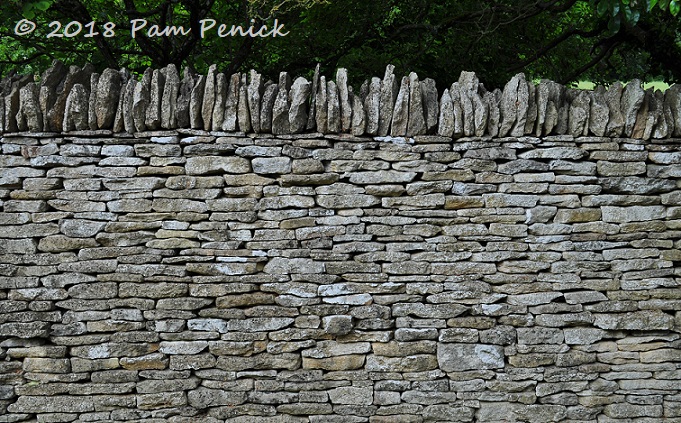
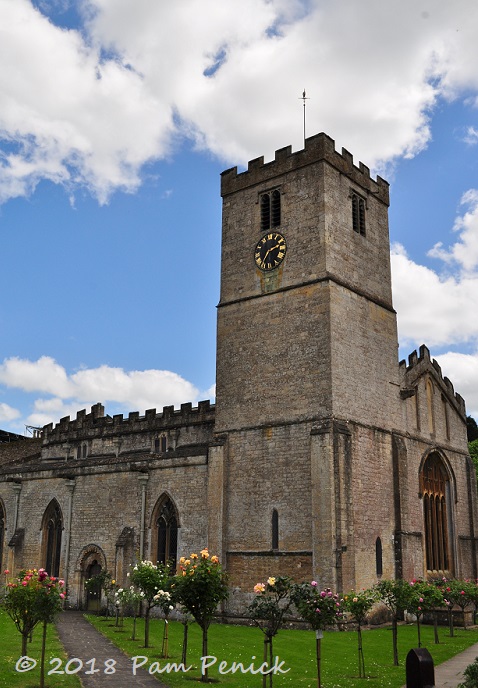
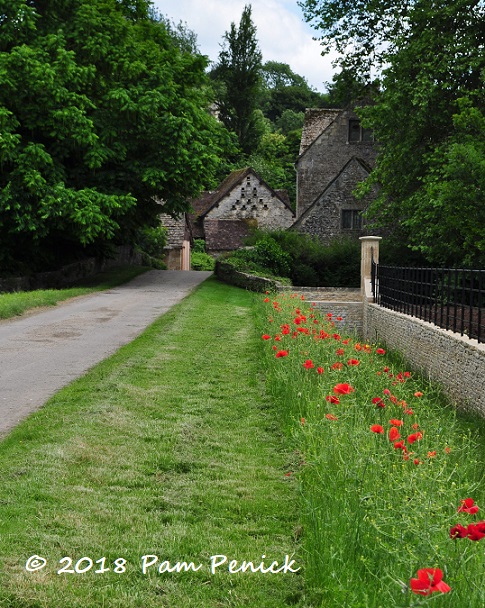
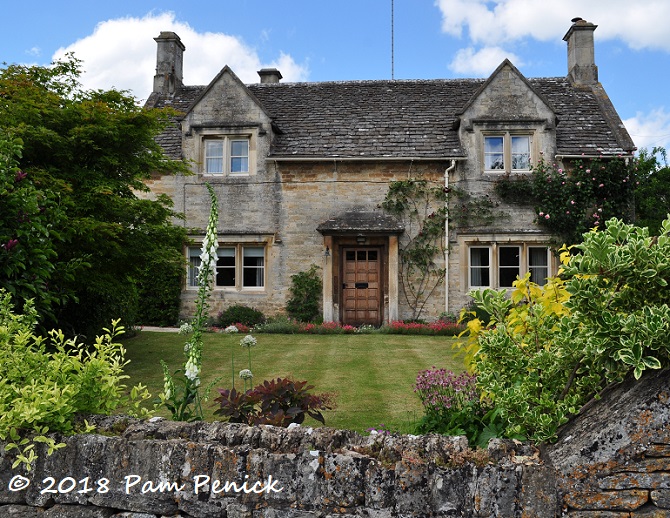
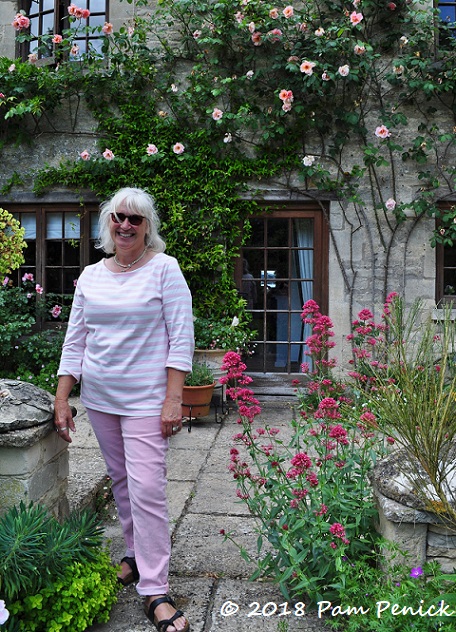
What a magical garden. It looks like you had a great time and her garden is fabulous. I love all the little details.
It was a lovely afternoon, and Victoria is as delightful as her garden.
Wow, how fantastic that you got to see Victorias garden ! I very much enjoyed your photo tour ! All that beautiful stone…
It’s the land of golden stone and beautiful villages. And gardens!
A charming setting for an absolutely beautiful garden!
Yes indeed.
Victoria has a gorgeous garden and such a charming looking cottage. The ornamental grass looks like Stipa gigantea (you didn’t ask for an ID, but I thought I’d give it anyway). Victoria is living my dream.
Thanks for the ID, Alison. And yes, she’s living the dream for a lot of us, I think.
It’s been awhile since I’ve checked in on the progress of Victoria’s garden, she’s been busy. It’s so beautiful, stunning. Rufus is a charmer too.
Yes and yes!
I felt like I was in a fairytale. I loved seeing Victoria’s garden through your eyes. There are so many picture-perfect vignettes, I have to look at your photos again tomorrow. Victoria, wow! Just wow!
A fairy tale indeed. Victoria is very lucky to live in such a beautiful place, and she’s added a lot of beauty of her own.
Victoria’s Garden! It is a lovely place created by a lovely woman and created in a such short amount of time as gardens go. I was so lucky to have seen it as well. There is nothing like the charm of an English garden is there?
No, there isn’t. They can grow anything, and they have so much history with their gardens.
Pam, your pictures are so gorgeous, I hardly recognised my own garden. You have such a good eye. Thank you for such a wonderful record of June 2018.
Thanks, Victoria, but your garden is *very* photogenic. You’ve created a beautiful space, and my only regret is that I didn’t make myself stop taking pictures long enough to sit down and just enjoy it. That’s always my lament, but especially in your garden!
What a delightful garden. I love all the stone work in England. It seems to magically transform a garden. The lawns like wrapping paper and all the flowers as bows for the gift of beauty in the world.
I am always struck by the sight of what appears to be a huge house being called a cottage. I guess compared to manor houses they are small.
Maybe it’s called a cottage because it’s in the country? I’ve often wondered about that too.
The word cottage comes from a medieval Latin word, cotagium, which described the land used by a “cottar”, or serf. This land, leased to the cottar by the lord of the manor in exchange for labour, would have a dwelling, and was only big enough to support one family. The word cottage has now come to mean the property, rather than the land, but the concept of a cottage garden is still a garden that provides herbs, fruit and vegetables, all jumbled up together. I don’t have much in the way of veg (apart from tomatoes and herbs) but I do have fruit trees.
How interesting! I didn’t know the origin of the word, and etymology always interests me, so thanks, Victoria! And I just now saw your earlier comment above — thank you again.
Wow, a very complete and tantalizing picture of Victoria’s garden, which I long to visit one day. We lived in the Cotswolds before our family emigrated to Canada – in fact, my sister was born in Cirencester. Seeing those golden stone buildings feels like home to me, as they’re the setting for my earliest memories. It is a beautiful part of the world. Hope you had a great trip.
We sure did. And yes, it’s very beautiful there. I didn’t know you were a native Cotswoldian, if that’s the word?
That stone is such a lovely warm color. What a treat to see Victoria’s garden. Such an amazing garden culture in England — I could visit every year!
Yes, it’s so different from the U.S. in that way. Lucky them!